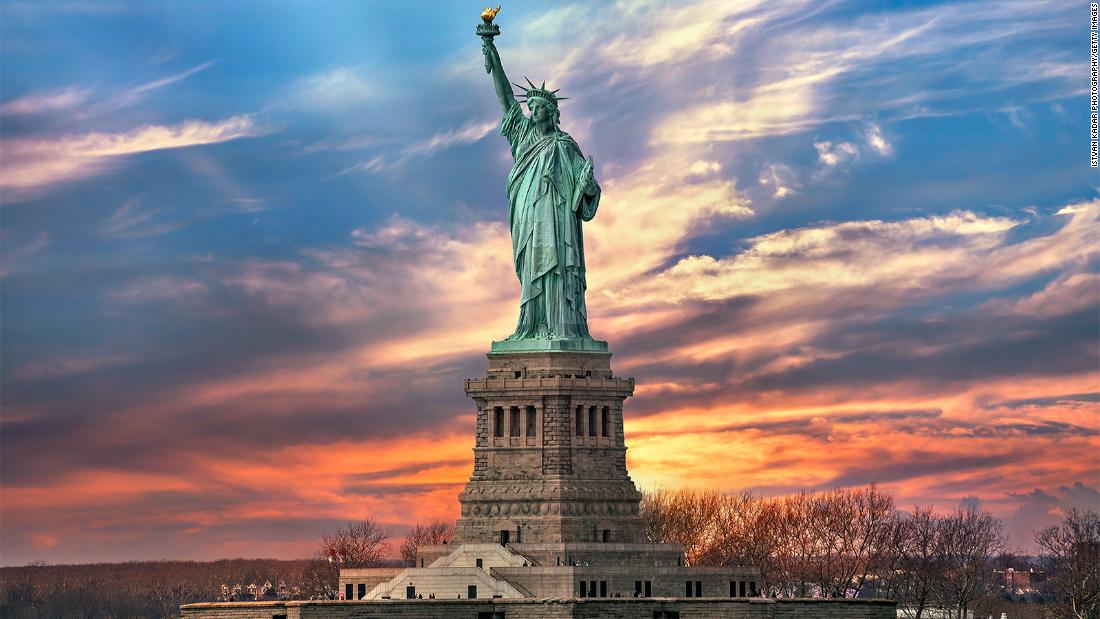[ad_1]
Earlier this week, Ken Cuccinelli, acting director of US Citizenship and Immigration Services, provoked an outcry when he subordinated Emma Lazarus’s great poem about the Statue of Liberty, which reads, “Give me your tired, your poor, your huddled masses yearning to breathe free.” Cuccinelli expanded and distorted the famous line and said, “Give me your tired and your poor who can stand on their own two feet and who will not become a public charge.” He also added that the poem referred to “people coming from Europe.”
At issue is not how to define “public charge” under 21st-century conditions but the broader definition of what it is to be an American.
There have been two competing definitions of American identity since the foundation of this nation, and that tension is felt to this day. One was based on the Declaration of Independence’s revolutionary assertion that “all men are created equal.” The other is based on the conviction that America is a nation rooted in blood, in ethnicity. The first definition was America in principle; the second was America in practice.
But America in principle proved durable and compelling. American history can be read as a moral progression, through which these principles become more perfectly realized. Abraham Lincoln helped bring America back to the idea of equality by arguing, most famously in the Gettysburg Address, that the Declaration of Independence was the country’s true founding document. Lincoln helped usher in the 13th Amendment abolishing slavery, and the Civil War became both a war of freedom’s rebirth, as well as a war to restore a flawed Union.
Lincoln thus defined America by its faith in and commitment to the Declaration’s core principle of human equality. On this basis, his new nation could embrace enslaved people from Africa, children of the Mayflower, and immigrants from Europe, China, and all countries of the Earth, as equals. In 1869, at the height of Reconstruction, cartoonist Thomas Nash depicted just this sort of American nation in his then-famous drawing, “Uncle Sam’s Thanksgiving Dinner,” showing Uncle Sam and Lady Columbia hosting people from all over the world at the American table of bounty and equality.
And now we see another check to America’s founding principles. Ken Cuccinelli says he wants only immigrants able to “stand on their own two feet.” I suspect that would-be immigrants who walk 2,000 miles to reach our southern border, who take jobs in poultry plants at minimum wage or less, are quite capable.
There is nothing wrong with secure borders, or immigration rules, or even a reasonable interpretation of the long-standing prohibition against immigrants who in fact risk becoming a “public charge.”
But there is everything wrong with reinterpreting America’s creed and its founding principles to undo the Declaration’s core principle, Lincoln’s return to that principle, and the Statue of Liberty’s inspiring expression of it. America in practice has its ugly side, in history and today. But American in principle can rescue us yet.
[ad_2]
Source link


